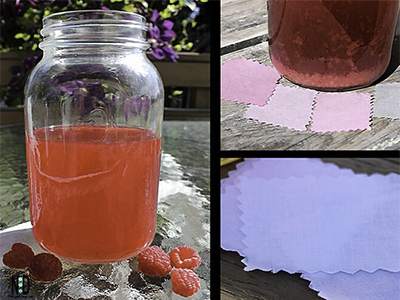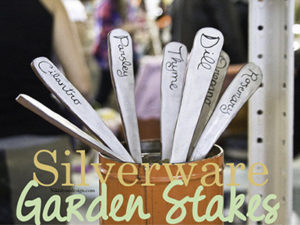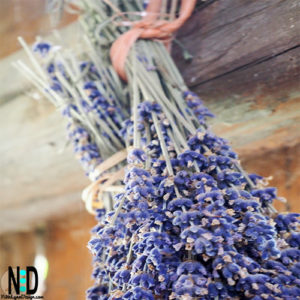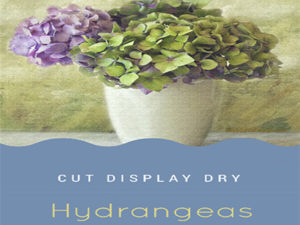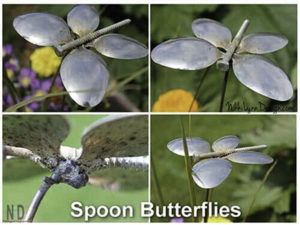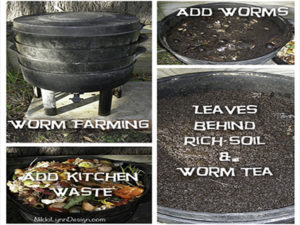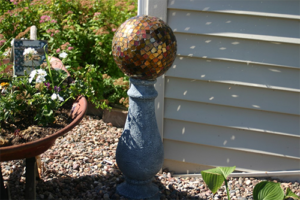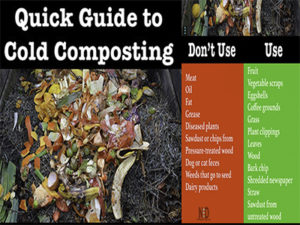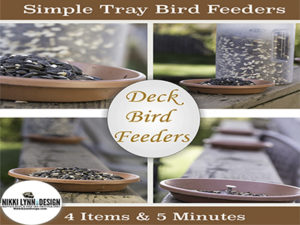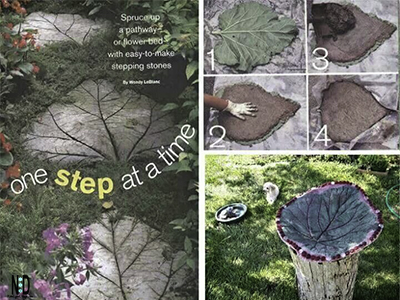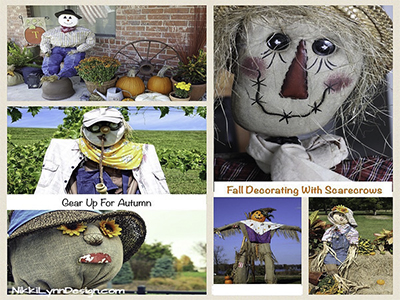Dyeing Cotton Using Raspberries
My daughter and I have been experimenting with making natural dyes from berries and plants the past few days to dye clothing. We decided to do a few color samples by dyeing cotton using raspberries.
Although we have concentrated on dyeing cotton fibers, you can dye a variety of materials. I can see this hobby taking a whole new level with additional experimenting. I was thinking of dyeing yarn too now.
Some Popular Fibers That Take Dye Well
Wool, cotton, ramie, muslin, silk, mohair, hemp, flax and jute.
Getting The Fabric Ready To Dye
Natural dyes do not take to dying well without a fixative. For berry dyes, you use salt and plant-based dyes you use vinegar. There are many more types but I am going to keep this simple for starters.
Since dyeing cotton using raspberries was a success, my daughter and I plan on experimenting with additional plants and berries. For right now we are just playing with the chemistry and learning what colors can be obtained. It is a blast!!

Dyeing Cotton Using Raspberries
My daughter and I have been experimenting with making natural dyes from berries and plants the past few days to dye clothing. We decided to do a few color samples by dyeing cotton using raspberries.
Although we have concentrated on dyeing cotton fibers, you can dye a variety of materials. I can see this hobby taking a whole new level with additional experimenting. I was thinking of dyeing yarn too now.
Some Popular Fibers That Take Dye Well
Wool, cotton, ramie, muslin, silk, mohair, hemp, flax and jute.
Getting The Fabric Ready To Dye
Natural dyes do not take to dyeing well without a fixative. For berry dyes you use salt and plant based dyes you use vinegar. There are many more types but I am going to keep this simple for starters.
Making The Fixative
* Salt Fixative (for berry dyes) – 1/2 cup salt to 8 cups cold water
* Vinegar Fixative (for plant dyes) – 4 parts cold water to 1 part vinegar
Measure out fixative ingredients into a large pot, add fabric to the fixative and simmer for an hour. Rinse the material and squeeze out excess. Material will be damp when it is placed into the dye.
Dye Solution
*Measure out water and berries. You can experiment with different amounts of water and berries. We used 2 cups water to 1 cup berry measurement.
* Bring to a boil, then simmer for about an hour or longer until the color you wish is obtained. Stir occasionally.
* Strain. You can use a handheld strainer, however you may need to do a second cheesecloth strain in order to remove all the seeds.
*Store the mixture in a glass bowl, jar or another container you wouldn’t mind staining. The solution will stain most items it comes in contact with.
*All soaks below are from a cooled state, The cloth never was boiled with the clothing or cloth samples we dyed.
1.) Natural Dyes and Home Dyeing eBook – 160 page ebook with pictures and 52 recipes.
2.) How to Dye Natural Fabrics Using Food Or Cold Water Dyes To Create Vibrant Colors And Designs: (Dye Fabric – Sew Silk) – Another ebook this one uses easy and quick kitchen safe methods using cold water dye processes using everyday food or purchased cold water dye. No special tools or equipment. Microwave color setting directions. Step by step instructions.
How To Use The Raspberry Dye
*Take your material that has been soaked in a fixative and place it into the dye.
* You can leave the material in dye overnight or simmer the material in the dye.
*The longer the soak the stronger the shade.
Notes:
1.) Start with a white or an extremely pale colored material.
2.) Wear gloves when removing the material from dye.
3.) When material dries it will be a lighter color.
4.) Launder material separately in cold water the first wash.
5.) Playing with the fixatives and when they are applied can produce additional colors.
Time For a Simple Chemistry Lesson
Alkaline – Having a pH greater than 7
Acidic- Having a pH less than 7
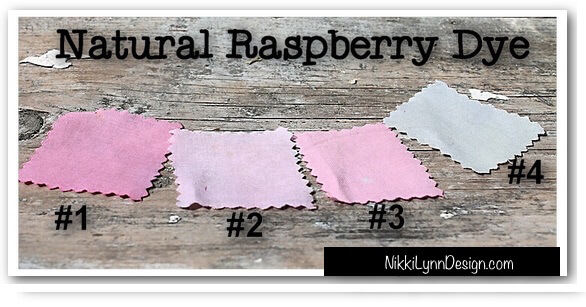
Color #2
A. The material was soaked in salt as a fixative.
B. Material was given a 15 minute bath in the raspberry dye.
C. The material was then quickly dipped into an alum bath.
Color #3
A. The material was soaked in salt as a fixative.
B. Material was soaked for 4 hours in the raspberry dye.
Color #4
A. The material was soaked in salt as a fixative.
B. Material was soaked 8 hours in the raspberry dye.
C. The material was then quickly dipped into an alum bath (Three ounces of alum in 3-4 cups water).
Important Notes From Testing
1.) Dye everything you would like at one time. Just like store yarn, you never seem to get the exact same shade unless you purchase them together in the same lot or batch. Same difference here, if you dye the items together the color will be the same.
2.) Do not skip the fixing step. If you do, your color will just wash out.
3.) Do not place dry material into dye. Make sure is has soaked in a fixing solution. You want the material damp from the fixing solution, otherwise you WILL get streaks or the material will dye uneven.
4.) Your dye will weaken over storage time. The more days that pass the lighter the shade. The more items you dye , the lighter the shade will be the next time around. Be sure you have enough solution to be able to dye everything together at once. Example – if you would like to dye two shirts the same color. Place both shirts into your solution together right away. If you wait until one has finished dying and then dye your second, chances are that your second shirt will be a shade lighter than the first.
5.) Pre-treating with the fixative and then dying the material gives one affect. Post-treating can change the color completely. In this experiment we went from shades of pink to a shades of purple.
Since dyeing cotton using raspberries was a success, my daughter and I plan on experimenting with additional plants and berries. For right now we are just playing with the chemistry and learning what colors can be obtained. It is a blast!!
